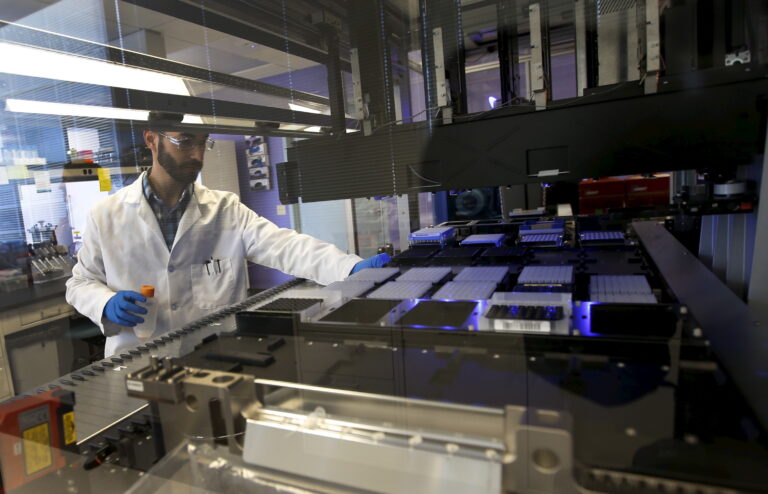By the end of the decade, fifth-generation (5G) networks are expected to support 50 billion connected devices at speeds of over 100 megabits per second. 5G connectivity, computing power, and virtual system architecture will soon expand the mobile Internet of Things (IoT). Connecting billions of digital devices through the IoT opens avenues for innovation across industries and markets. Connected medicine, in particular, has the potential to transform healthcare through groundbreaking new possibilities such as improved imaging, diagnosis, and treatment.
In this paper, Darrell West discusses the unique capabilities of the 5G era, examines the applications of IoT technologies in healthcare, and recommends policies to make these new healthcare delivery systems a reality. In addition to reducing overall healthcare costs, 5G technology has the potential to increase patient access to treatment options, reduce hospital visits, and create flexible networks for telemedicine.
West argues that efforts are needed to promote end-to-end systems. Harnessing the full potential of healthcare IoT will require investments in digital infrastructure and changes to reimbursement policies, privacy protections, and research data. Devices must connect to networks and clouds in an interoperable and secure manner. This will enable healthcare providers and patients to benefit from digital innovations in wellness and healthcare. By overcoming these barriers, both healthcare consumers and healthcare providers will realize significant advances in healthcare.


